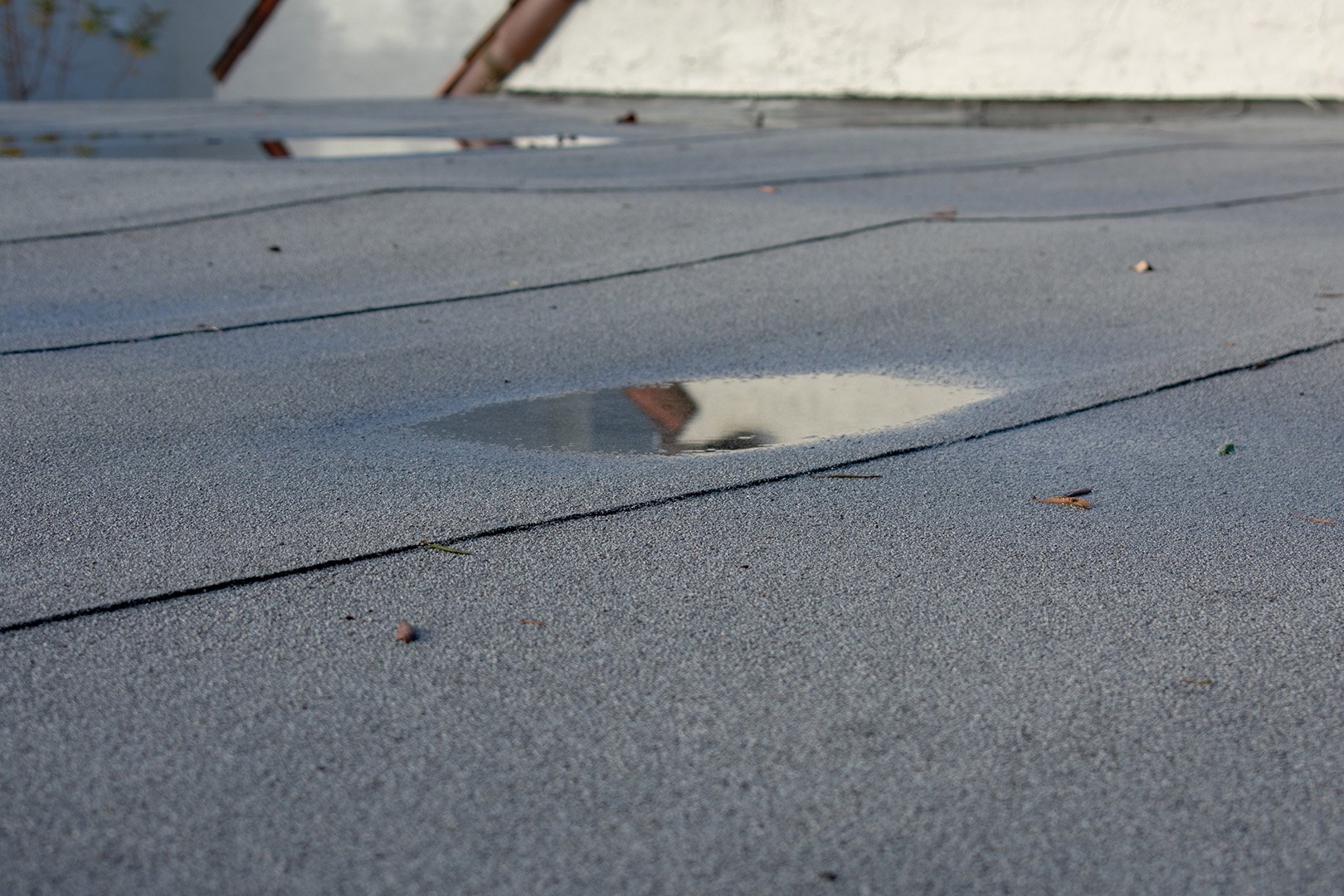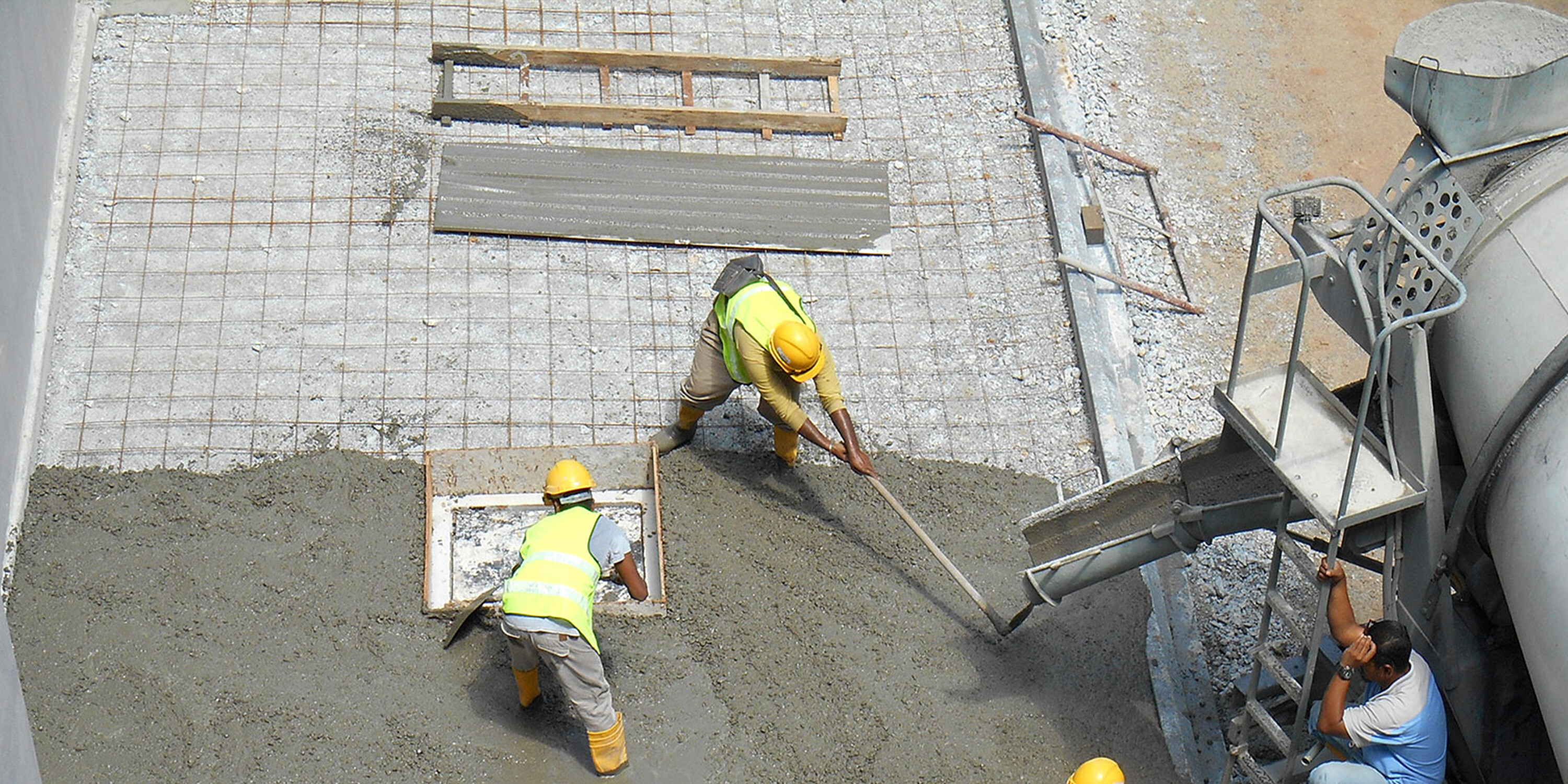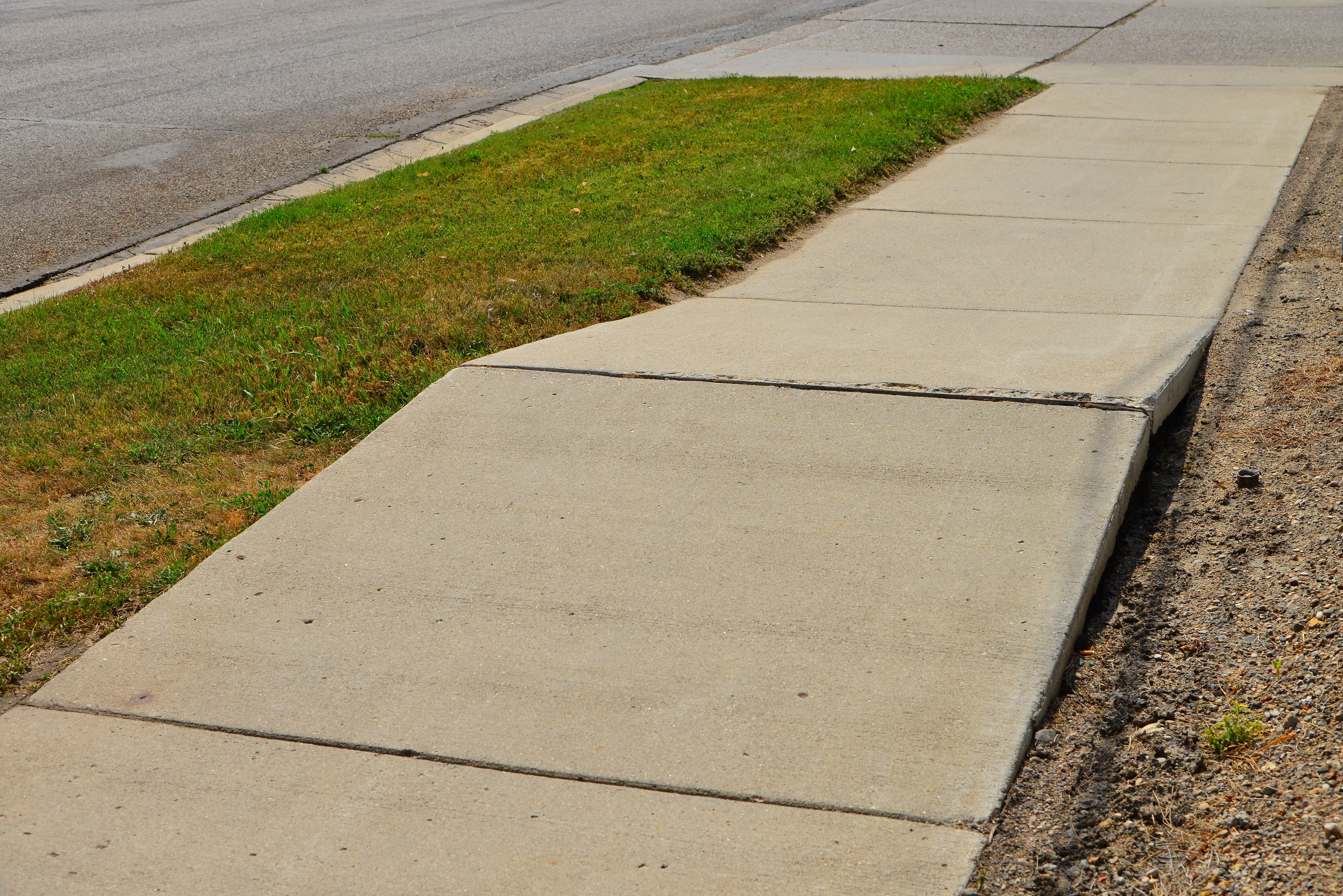Roofing | September 26, 2023
Roof Tips for Severe Weather Season: Before & After
As an independent roofing consultant specializing in planning and managing roofing construction projects for commercial building owners and operators, I cannot stress enough the importance of inspecting the roofs of buildings in your portfolio both before and after severe weather season.
Why Inspect Before Severe Weather Season?
Before severe weather season begins, a thorough inspection can identify any existing issues that could be exacerbated by the high winds and heavy rains typical of these storms. This includes loose or missing shingles, cracked or damaged flashing, and other potential weak points that could lead to leaks or other damage during a storm. By identifying and addressing these issues ahead of time, you can potentially save thousands of dollars in repair costs on a single building or millions across an entire portfolio.
The Hidden Dangers of Post-Severe Weather Damage
After severe weather season, it’s equally important to conduct another thorough inspection. Sometimes, damage from wind or debris can go unnoticed, leading to leaks that are not evident when the damage first happens. These hidden issues can cause significant damage over time if not addressed promptly.

For example, a small crack or cut in a roof membrane caused by flying debris may not immediately result in a leak. However, over time, water can seep in, eventually reaching the underlying roof deck and causing it to deteriorate. This can lead to costly repairs and potential downtime for any businesses operating within the building, not to mention potential structural issues.
4 Things You Can Do Right Now
There are preventive maintenance activities you can perform right now to set yourself up for success with your commercial roofs this winter. Your roofing consultant may be able to perform some or all of these during your inspections.
- Clean Your Roof: Before your roof inspection, you should ask your roofing professional or maintenance team to clean the rooftop. Removing debris will allow the professional to inspect every part of the roof. Cleaning the roof is an important step to prevent rotting, mold, moss, blocked drainage, and other problems from developing on the roof through the winter and into the spring.
- Check Sealants and Seams: Cold temperatures can cause sealants to shrink and crack. Seams can become much bigger when water enters and expands as it freezes making leaks more likely.
- Ensure Proper Drainage: Make sure all gutters, downspouts, and scuppers are clean and clear. This ensures that with heavy rains and melting snow, water drains off the roof properly.
- Address Animal Infestation: If animals are already familiar with your rooftop, they may attempt to take shelter from the cold in your roof and cause damage. Nesting material, droppings, food scraps, and other debris left behind by animals can become large problems for your roof throughout the year. These should be cleaned, and you should take steps to discourage animals from spending time on your rooftop.
The Role of a Roofing Consultant
The role of a qualified roofing consultant, like Mantis Innovation, is to help building owners and operators identify these potential issues before they become major problems. With a staff of registered roof observers (RROs), a roofing consultant has the expertise to spot signs of damage that may not be immediately apparent to the untrained eye. Additionally, a roofing consultant can provide recommendations for repairs or replacements based on the specific needs and budget of each client.
Regular roof inspections both before and after severe weather season are an essential part of maintaining the integrity of your commercial buildings. By proactively addressing potential issues, you can extend the lifespan of your roofs, prevent costly damage, and ensure the continued operation of your businesses.
Contact a Mantis pro today to get your roofs winterized. Our team is ready to set you up for success through the winter months.
Related Posts
Discover more content and insights from Mantis Innovation

How Your Pavement Can Reduce Trip, Fall, & Slip Claims
This is the third and final installment in a series of pavement-related pieces that can keep Facilities Management on top of seasonal concerns with asphalt and concrete. While building owners and

Concrete Curing 101: Understanding a Critical Step in Your Pavement Projects
This is the second in a series of pavement-related pieces that can keep Facilities Management on top of seasonal concerns with asphalt and concrete. While building owners and operators are

The Heat is On: Strategies for Concrete Pavement Longevity Amid Extreme Weather
This is the first in a series of pavement-related pieces that can keep Facilities Management on top of seasonal concerns with asphalt and concrete. For many building owners and operators, pavement

Oh, Hail No: Roofing Tips for Severe Weather Season
Even a minor hailstorm can compromise your commercial roof’s integrity, making it essential to conduct a thorough inspection after any such event. According to the National Oceanic and Atmospheric